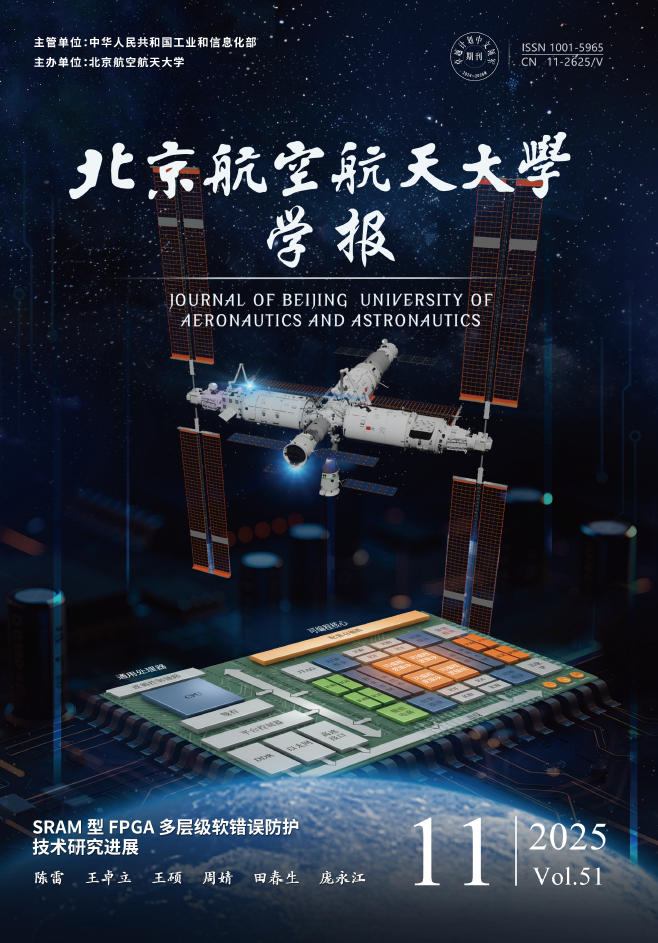2012 Vol. 38, No. 9
2012, (9): 1172-1175.
Abstract:
2012, (9): 1176-1180.
Abstract:
2012, (9): 1186-1188,1193.
Abstract:
2012, (9): 1189-1193.
Abstract:
2012, (9): 1267-1270.
Abstract:







 XML Online Production Platform
XML Online Production Platform

